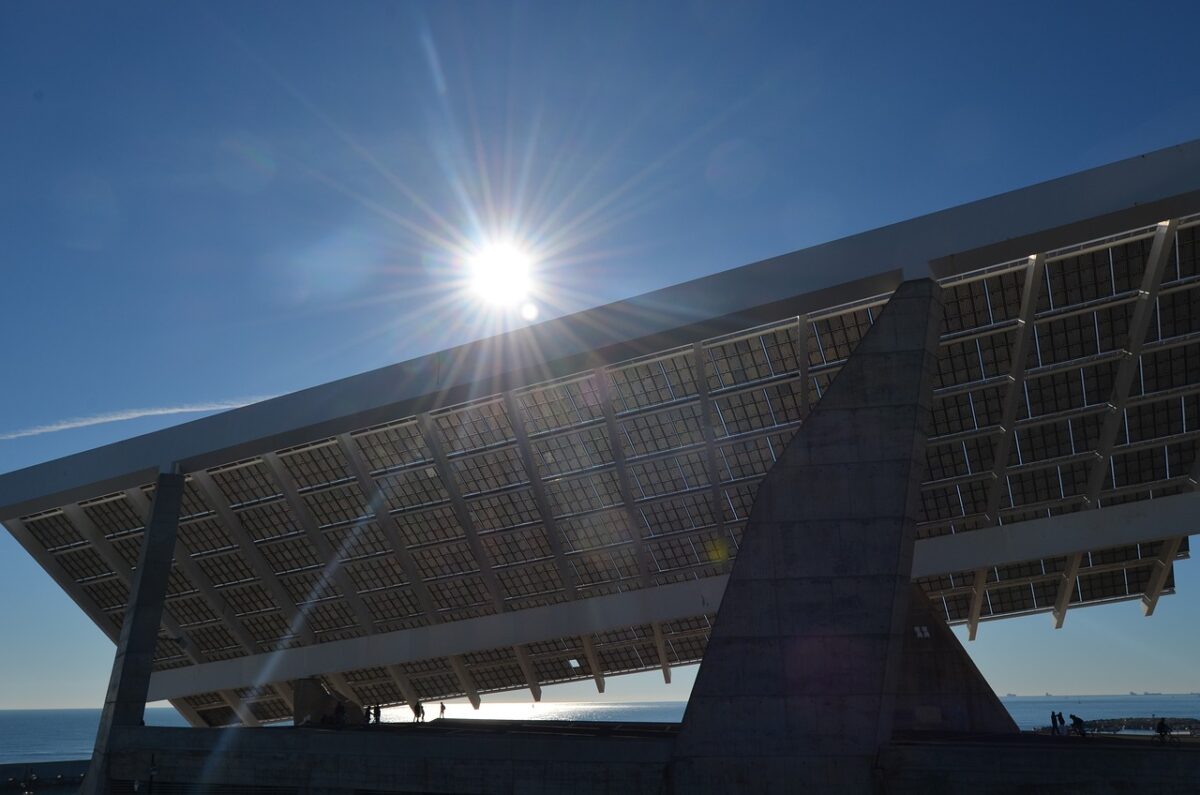Scientists at the Mutah University in Jordan have sought the reduce the operating temperature of photovoltaic panels by placing clear acrylic sheets in various slops over the modules at a distance of approximately 30 cm.
The researchers said that 3 mm acrylic sheets can reflect and absorb 10% of solar radiation with wavelengths below 1.1 μm, which is insufficient for exciting electrons in PV power generation. They believe this unused radiation contributes to increased panel temperature and reduced performance.
“All of these wasted solar radiations will just heat the PV panel and increase the surface temperature,” the researchers stated.
For their experiments, the researchers used three 30-degree tilted monocrystalline solar panels, each with a power of 50 W, dimensions of 630 mm x 540 mm x 18 mm, and weighing 3.3 kg.
They used one panel as a reference without the acrylic sheet, while the second panel had a sheet installed at a 30 mm distance with variable slopes of 15, 30, and 45 degrees. The third panel had a parallel-mounted sheet at the same distance.
Through analysis and tests, the scientists found that the panel with slopes of 30 and 45 degrees experienced the highest temperature reduction at 14.5%, while the panel with the parallel-mounted sheet achieved a decrease of around 10%.
“The reduction in PV surface temperature led to an increase in PV electrical efficiency and output power of about 2% each,” they explained. “The results of all experiments demonstrated that installing a clear acrylic sheet will reduce the PV surface temperatures, enhance the performance, increase the electrical energy production, and extend the cell life.”
They introduced the new tech in “Installing clear acrylic sheet to reduce unwanted sunlight waves that photovoltaic panels receive,” which was recently published in Results in Engineering.
This content is protected by copyright and may not be reused. If you want to cooperate with us and would like to reuse some of our content, please contact: editors@pv-magazine.com.




Hi,
” of solar radiation with wavelengths below 1.1 μm, which is insufficient for exciting electrons in PV power generation. ”
It must say “above 1.1 um, which is insufficient…”
Regards!
Hi Torben, the paper says less than 1.1 μm.
The paper is, to my mind at any rate, confusingly, and at times contradictorily, written. I think it is trying to say that all of the photons with wavelengths above 1.11 μm are wasted (because they are below the bandgap energy), and some of them below 1.11 μm are unused (because of other inefficiencies). The acrylic is tuned to pass most of the potentially useful light with wavelength below 1.11 μm, and block as much as possible of the useless stuff above 1.11 μm.
They say the acrylic causes an efficiency gain of 2% (because it keeps the panels cooler), but there is a transmission loss of around 10% (it only passes 90%) of the useful stuff below 1.11 μm. What I don’t understand, and can’t see explained in the paper, is that the transmission losses appear to exceed the efficiency gains, yet they report higher power from the acrylic-shielded panels.